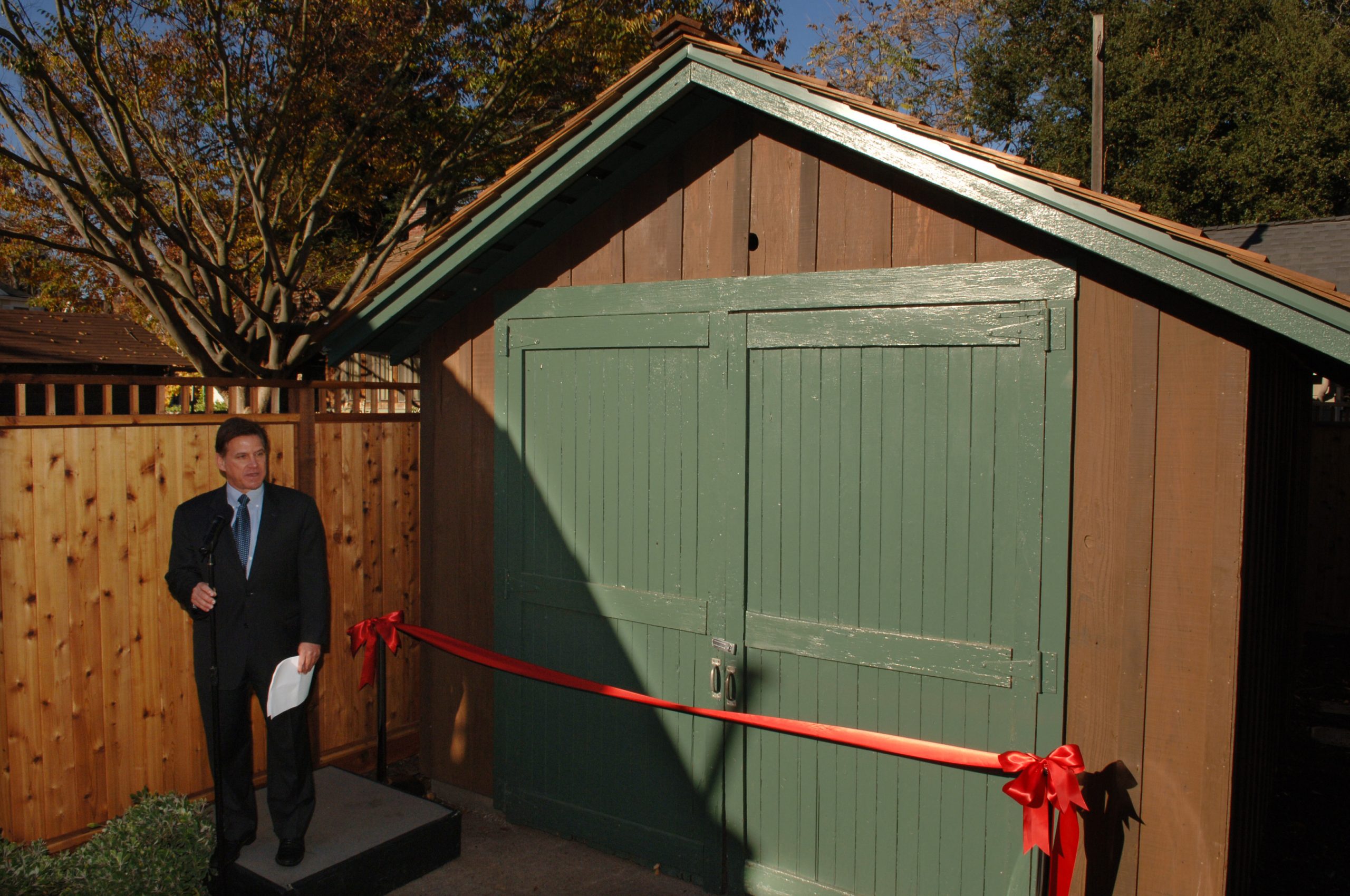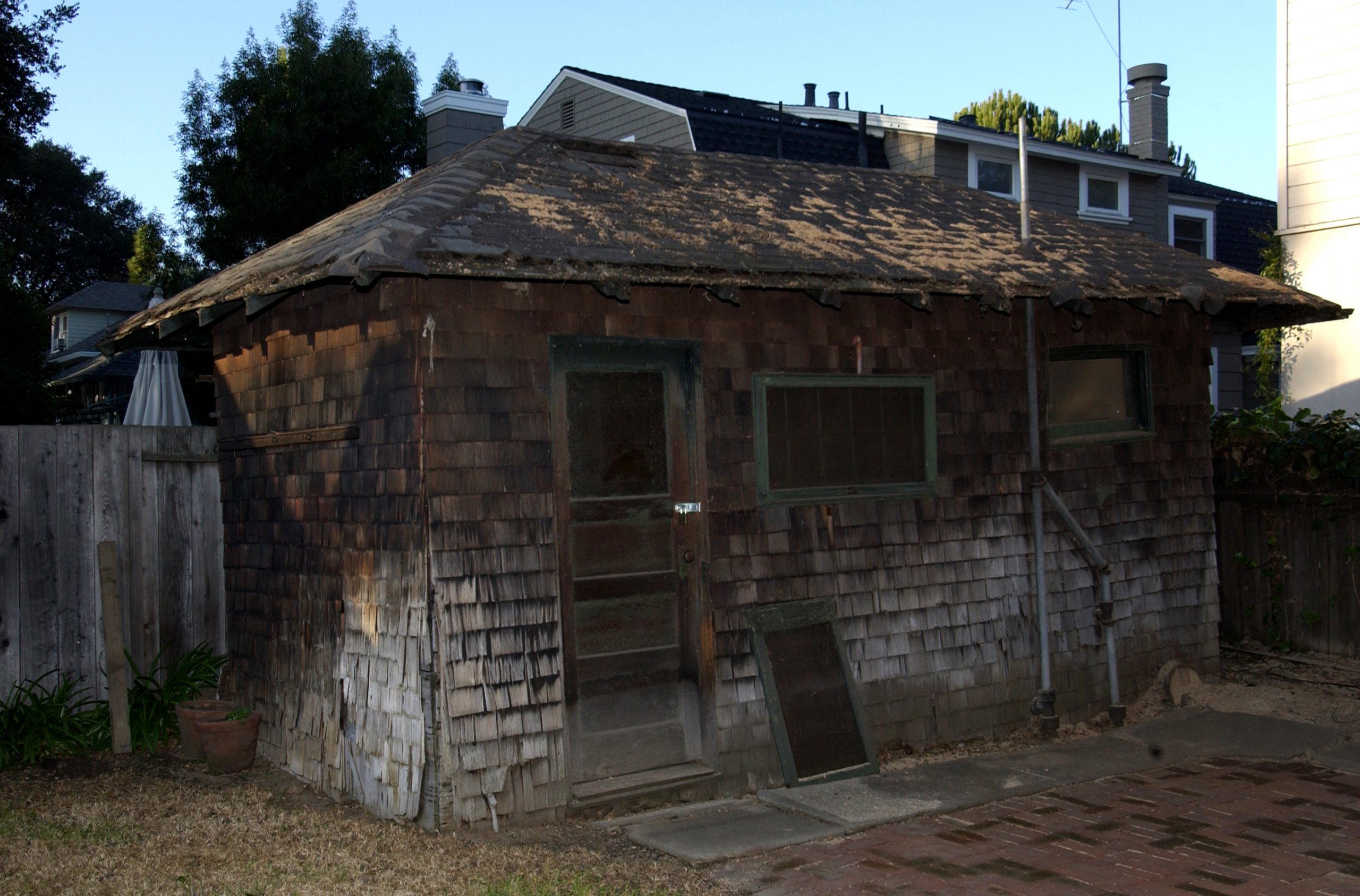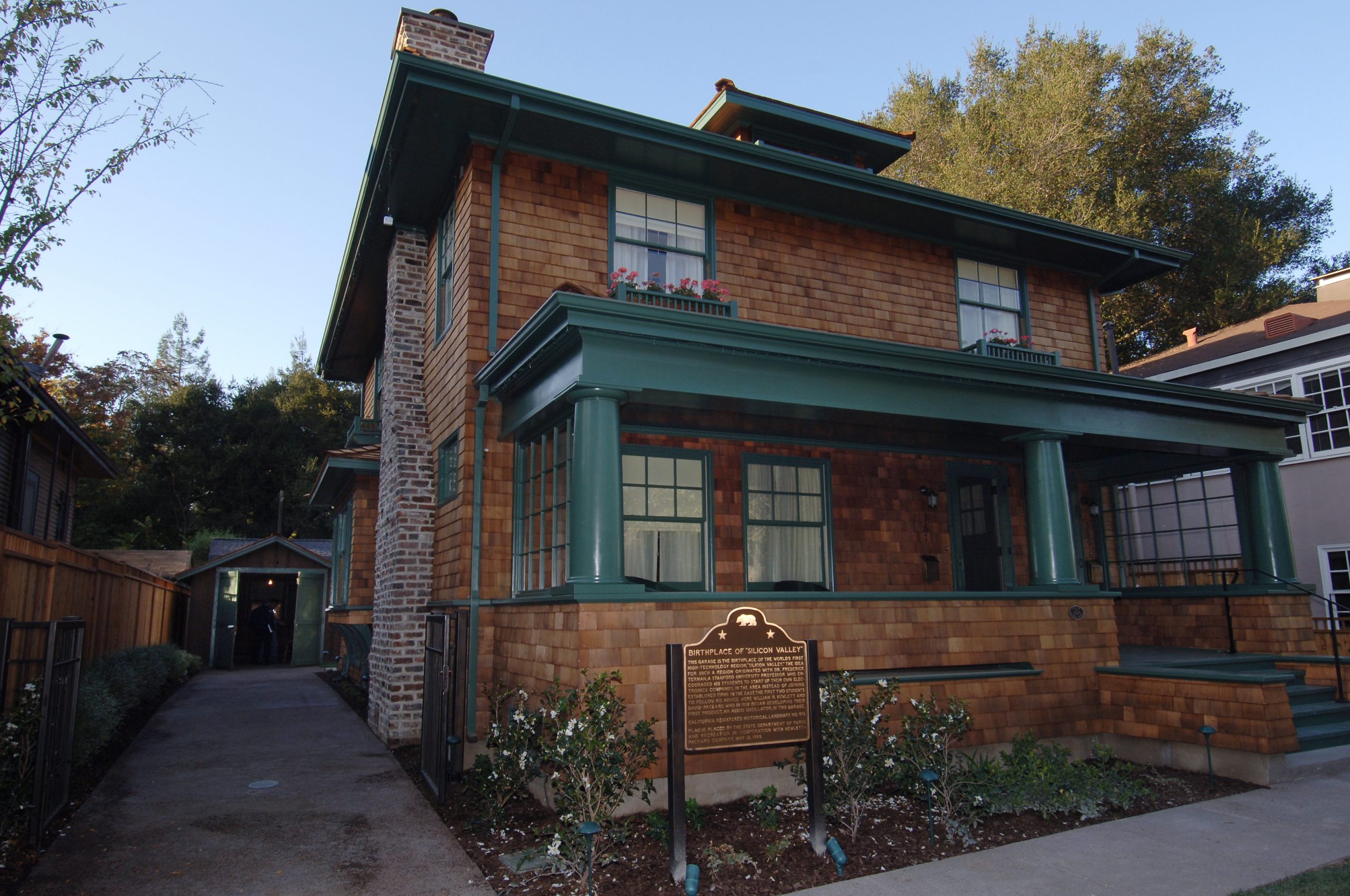
• HP’s co-founders Bill Hewlett and Dave Packard lived and worked at 367 Addison Avenue in Palo Alto from 1938 to 1940.
• By the early 2000s, the historic property had deteriorated, prompting HP to purchase and restore it.
• Restoration began in 2004 and meticulously recreated the site’s original look and feel.
• The property reopened as a private museum in December 2005 and remains preserved for future generations.
367 Addison Avenue in Palo Alto, California, is widely recognized as the “Birthplace of Silicon Valley.” It was here that Bill Hewlett, Dave Packard and Lucile “Lu” Packard lived and worked from 1938 to 1940, establishing the company that would grow into one of the world’s most influential technology firms. The modest property included a ground-floor apartment for the Packards, a small outbuilding for Hewlett and the now-iconic garage where the team developed HP’s first products.
Over the decades, the property went through changes that erased much of its original character. By the early 2000s, the house had been remodeled into rental units, Hewlett’s cottage suffered severe termite damage and the garage showed clear signs of neglect. In 2000, HP purchased the property to preserve its history and in 2004 launched a 14-month restoration project.
The effort involved architects, engineers and preservationists who studied photos, documents and employee recollections to reconstruct the site as it looked in 1938–40. Period furnishings recreated the Packards’ apartment, complete with a Murphy bed, Wedgewood stove and Underwood typewriter. Hewlett’s small cottage was restored with only the basics (a cot, desk and lamp) while the garage was rebuilt around its original framing and outfitted with a vintage drill press, workbench and HP’s first oscillators.
The project culminated in a ribbon-cutting ceremony on December 6, 2005, when Palo Alto’s mayor proclaimed “Hewlett-Packard Garage Commemoration Day.” Today, the Addison Avenue property operates as a private museum administered by the HP Company Archives and continues to serve HP Inc. and Hewlett Packard Enterprise as a reminder of how innovation can emerge from the most unassuming beginnings.
The Hewlett-Packard Company Archives (HPCA) is dedicated to preserving and sharing HP’s rich heritage. Look for further stories about HP’s history in future issues of this newsletter. Please note that throughout this story we have included hyperlinks to related content on the HPCA Virtual Vault, providing additional information and visual accompaniments.
If you have any questions about the archives or if you are interested in donating materials to the collection, please reach out to us at hpca@heritagewerks.com.




